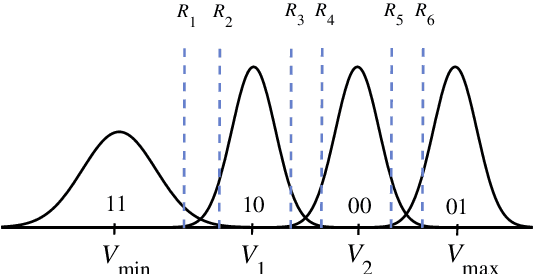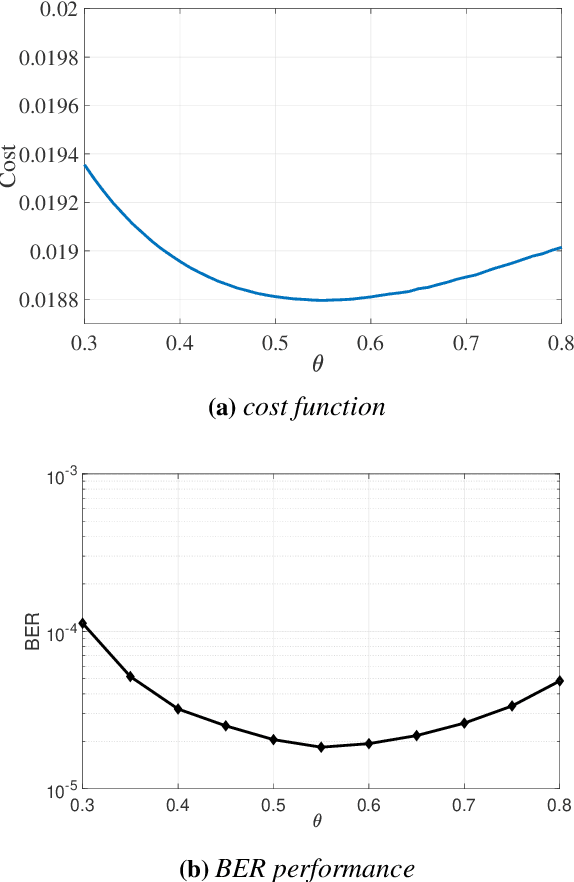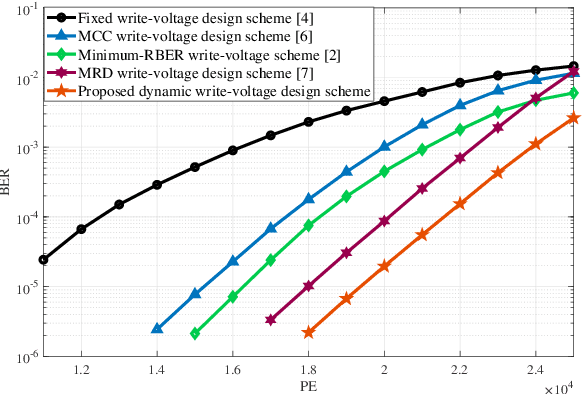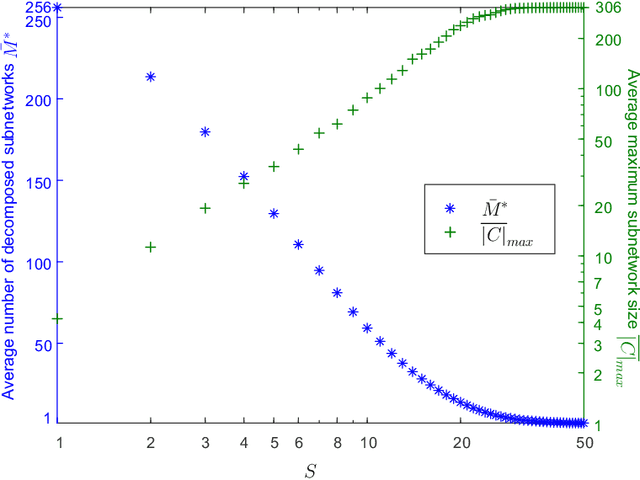Lin Dai
Optimizing Clustered Cell-Free Networking for Sum Ergodic Capacity Maximization with Joint Processing Constraint
Nov 18, 2024



Abstract:Clustered cell-free networking has been considered as an effective scheme to trade off between the low complexity of current cellular networks and the superior performance of fully cooperative networks. With clustered cell-free networking, the wireless network is decomposed into a number of disjoint parallel operating subnetworks with joint processing adopted inside each subnetwork independently for intra-subnetwork interference mitigation. Different from the existing works that aim to maximize the number of subnetworks without considering the limited processing capability of base-stations (BSs), this paper investigates the clustered cell-free networking problem with the objective of maximizing the sum ergodic capacity while imposing a limit on the number of user equipments (UEs) in each subnetwork to constrain the joint processing complexity. By successfully transforming the combinatorial NP-hard clustered cell-free networking problem into an integer convex programming problem, the problem is solved by the branch-and-bound method. To further reduce the computational complexity, a bisection clustered cell-free networking (BC^2F-Net) algorithm is proposed to decompose the network hierarchically. Simulation results show that compared to the branch-and-bound based scheme, the proposed BC^2F-Net algorithm significantly reduces the computational complexity yet achieves nearly the same network decomposition result. Moreover, our BC^2F-Net algorithm achieves near-optimal performance and outperforms the state-of-the-art benchmarks with up to 25% capacity gain.
Dynamic Write-Voltage Design and Read-Voltage Optimization for MLC NAND Flash Memory
Sep 03, 2022



Abstract:To mitigate the impact of noise and interference on multi-level-cell (MLC) flash memory with the use of low-density parity-check (LDPC) codes, we propose a dynamic write-voltage design scheme considering the asymmetric property of raw bit error rate (RBER), which can obtain the optimal write voltage by minimizing a cost function. In order to further improve the decoding performance of flash memory, we put forward a low-complexity entropy-based read-voltage optimization scheme, which derives the read voltages by searching for the optimal entropy value via a log-likelihood ratio (LLR)-aware cost function. Simulation results demonstrate the superiority of our proposed dynamic write-voltage design scheme and read-voltage optimization scheme with respect to the existing counterparts.
Clustered Cell-Free Networking: A Graph Partitioning Approach
Jul 24, 2022



Abstract:By moving to millimeter wave (mmWave) frequencies, base stations (BSs) will be densely deployed to provide seamless coverage in sixth generation (6G) mobile communication systems, which, unfortunately, leads to severe cell-edge problem. In addition, with massive multiple-input-multiple-output (MIMO) antenna arrays employed at BSs, the beamspace channel is sparse for each user, and thus there is no need to serve all the users in a cell by all the beams therein jointly. Therefore, it is of paramount importance to develop a flexible clustered cell-free networking scheme that can decompose the whole network into a number of weakly interfered small subnetworks operating independently and in parallel. Given a per-user rate constraint for service quality guarantee, this paper aims to maximize the number of decomposed subnetworks so as to reduce the signaling overhead and system complexity as much as possible. By formulating it as a bipartite graph partitioning problem, a rate-constrained network decomposition (RC-NetDecomp) algorithm is proposed, which can smoothly tune the network structure from the current cellular network with simple beam allocation to a fully cooperative network by increasing the required per-user rate. Simulation results demonstrate that the proposed RC-NetDecomp algorithm outperforms existing baselines in terms of average per-user rate, fairness among users and energy efficiency.
 Add to Chrome
Add to Chrome Add to Firefox
Add to Firefox Add to Edge
Add to Edge